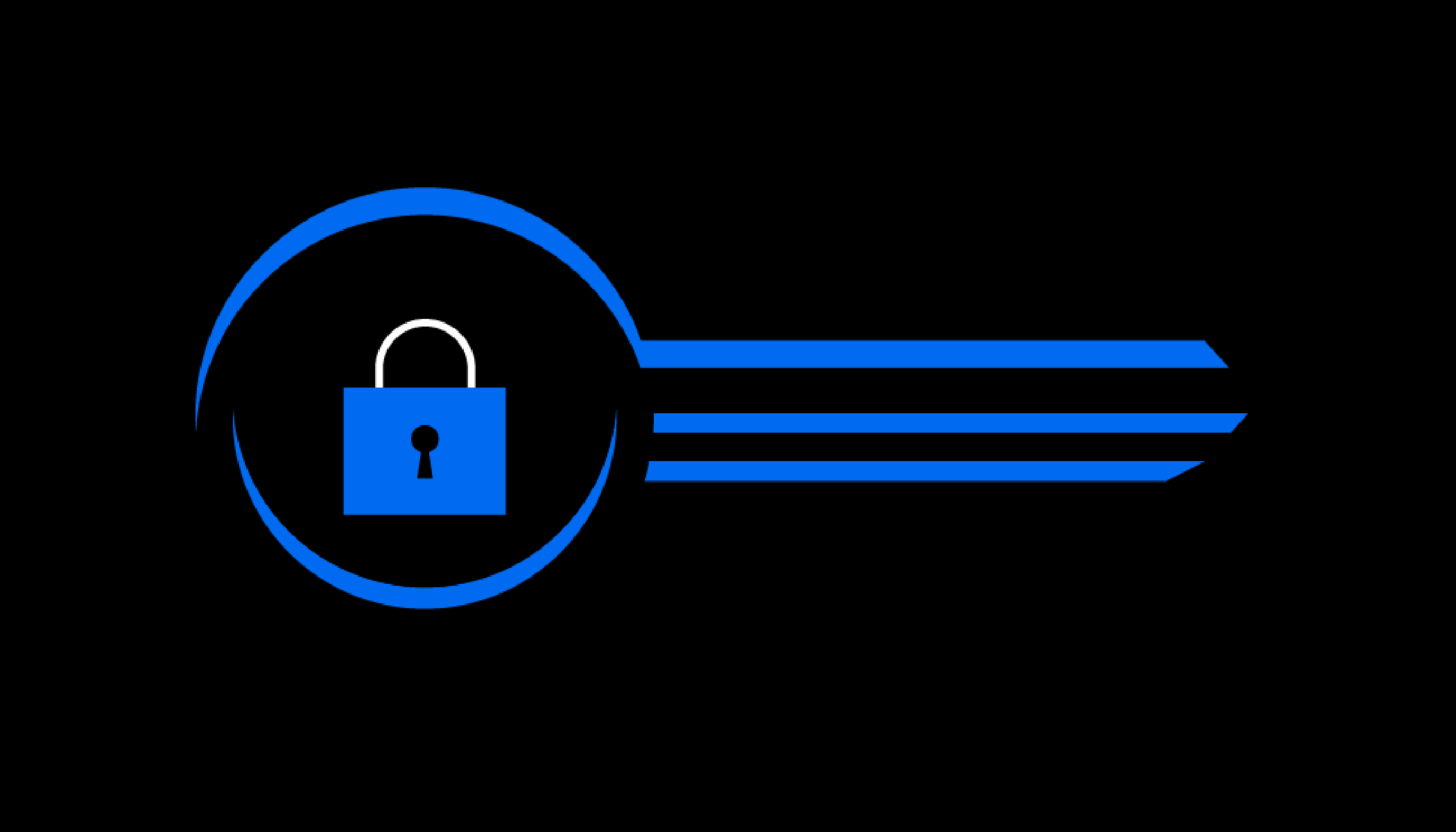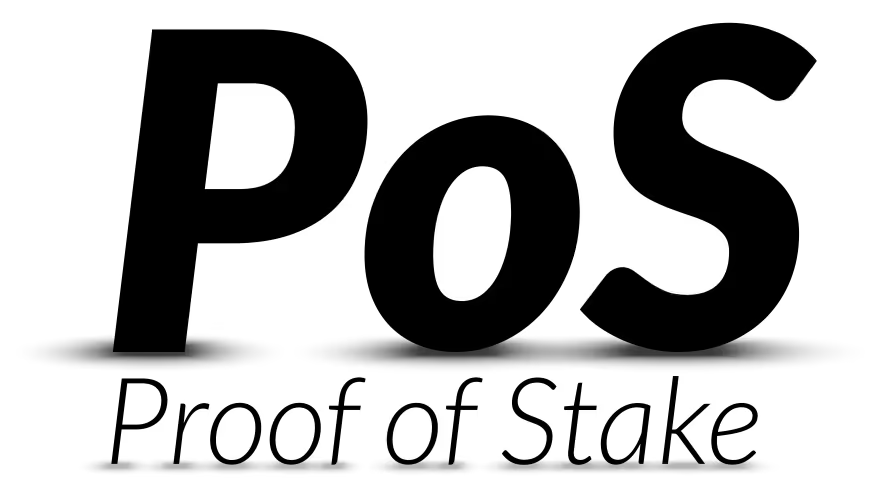3 Key Takeaways
- A private key is the cryptographic password that secures your crypto assets and enables transactions.
- In 2025, protecting private keys has become more critical with rising wallet hacks and phishing threats.
- Using hardware wallets, multi-signature setups, and secure backups is essential for crypto safety.
What Is a Private Key? The Backbone of Crypto Security in 2025
In 2025, as cryptocurrency adoption continues to surge globally, one question remains central to digital asset security: What is a private key?
While blockchain promises decentralization and transparency, it also places full responsibility for asset security on the user. At the heart of this responsibility lies the private key — a string of code that grants complete control over your cryptocurrency holdings.
Understanding what a private key is and how it functions can mean the difference between securing your wealth and losing it permanently.
Understanding the Private Key: Your Crypto’s Master Password
A private key is a unique cryptographic code used to access and manage the digital assets stored in a cryptocurrency wallet. It works as the counterpart to a public key, which is the address you share when receiving funds. While anyone can see the public address, only the private key can authorize transactions from it.
Think of it as the password to your bank account — but far more sensitive. Unlike traditional systems where a bank can help you reset a password, if you lose your private key, your funds are gone forever.
Private keys are typically long strings of alphanumeric characters, randomly generated to ensure maximum security. For example:5Kb8kLf9zgWQnogidDA76MzPL6TsZZY36hWXMssSzNydYXYB9KF
This randomness makes it virtually impossible for hackers to guess a private key using brute-force attacks.
Why Private Keys Matter More Than Ever in 2025
The year 2025 marks a turning point for digital security. With global crypto ownership surpassing 600 million users and decentralized finance (DeFi) systems managing trillions in locked value, private keys have never been more crucial.
Recent data from blockchain analytics firms shows that over $1.8 billion worth of crypto was lost or stolen in 2024, largely due to compromised private keys. Cybercriminals have evolved beyond phishing emails — employing advanced social engineering and malware to trick users into exposing their keys.
Moreover, as artificial intelligence becomes integrated into hacking tools, the margin for user error shrinks. Even a single misplaced screenshot or unsecured cloud backup can expose an entire portfolio.
The message is clear: in 2025, your private key is the single point of failure in your crypto security strategy.
How Private Keys Work: The Math Behind the Security
Private keys are generated through asymmetric cryptography — a mathematical system that creates a pair of keys:
- Public Key: Shared openly, derived from the private key.
- Private Key: Kept secret, used to sign transactions and prove ownership.
When you send crypto, your wallet uses your private key to sign the transaction digitally. The blockchain then verifies this signature with your public key to confirm authenticity. This ensures that only the rightful owner of the private key can authorize transactions from a given address.
In short, your private key is proof of ownership. Without it, even the most sophisticated blockchain network can’t help you regain access.
Also read : How to Choose the Right Altcoin
How to Keep Your Private Key Safe in 2025
In the evolving crypto landscape of 2025, securing your private key means combining good habits with modern tools. Here’s how to do it effectively — without turning your digital life into a maze.
1. Use a Hardware Wallet
Hardware wallets like Ledger or Trezor remain the gold standard. They store private keys offline, isolated from the internet — meaning even if your computer is compromised, hackers can’t reach your funds.
2. Avoid Screenshots and Cloud Backups
Never store your private key in email drafts, Google Drive, or screenshots. Cloud services can be hacked, and even “deleted” files often remain recoverable. Opt for encrypted USB drives or physical paper backups stored in secure locations.
3. Consider Multi-Signature Wallets
Multi-signature (multisig) wallets require multiple private keys to approve a transaction. This setup dramatically reduces the risk of losing funds to a single point of compromise.
4. Use a Secure Password Manager (With Caution)
Reputable password managers can store encrypted versions of your seed phrase or private key. However, ensure they use end-to-end encryption and zero-knowledge architecture — meaning even the provider can’t access your vault.
5. Be Alert to Phishing and Fake Wallets
In 2025, phishing attacks have grown more sophisticated. Fraudsters now use deepfake videos and cloned wallet apps to trick users. Always download software from verified sources and double-check URLs before entering any private data.
The Future of Private Key Security: 2026 and Beyond
By 2026, the crypto industry is expected to shift further toward keyless wallets and social recovery mechanisms, reducing user risk while maintaining decentralization. Innovations like multi-party computation (MPC) are already allowing users to authorize transactions without ever revealing their private keys.
Meanwhile, major blockchain networks are exploring biometric and hardware-bound encryption, tying wallet access to physical devices or fingerprints — a trend that could redefine private key management for mainstream users.
Still, traditional private keys are unlikely to disappear soon. Their mathematical simplicity and independence from intermediaries remain core to crypto’s decentralized ethos. The challenge ahead will be balancing security with usability — empowering more people to manage their keys without fear or complexity.
Conclusion: Your Key, Your Responsibility
Understanding what a private key is isn’t just about mastering crypto jargon — it’s about safeguarding your financial freedom in the digital age. In 2025 and beyond, your private key represents the essence of self-custody: independence, privacy, and control.
But with great power comes great responsibility. Whether you’re a seasoned investor or a curious newcomer, never forget — in crypto, you are your own bank, and your private key is the vault.
Secure it wisely.




